A group seeks to reproduce the nanoparticle-synthesizing ability of magnetotactic bacteria.
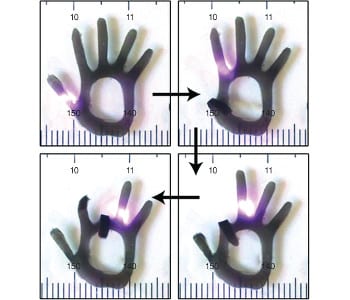
Protein-based bionanomaterial design
UC Berkeley researchers have published an overview of the use of mammalian elastin, collagen, insect-derived silk and resilin in biomaterials design.
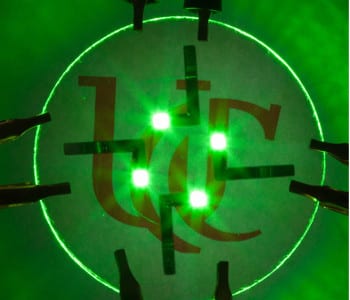
DNA & RNA incorporation into organic electronics
New research from an American group shows the incorporation of DNA and RNA bases in organic light emitting diodes.
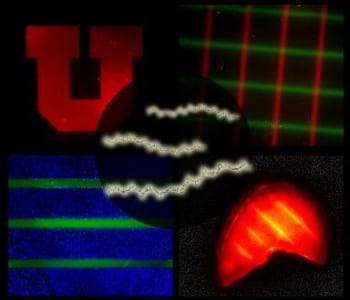
Peptide-based materials for nanomedicine
The first issue in Macromolecular Bioscience is a special issue on “Peptide-based Materials for Nanomedicine” guest-edited by Neil Cameron and Tim Deming.
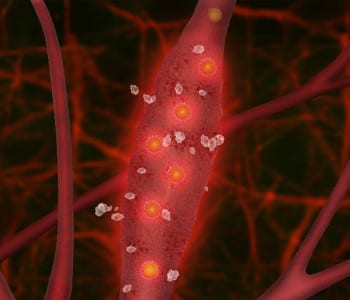
Particles for Healthcare Applications
Researchers highlight the potential and current biological and biomedical applications of micro- and nanoparticle research.
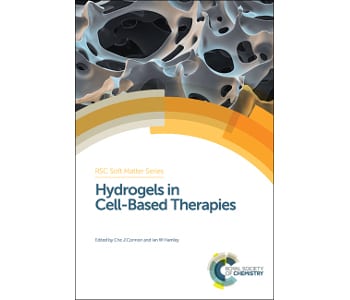
Book review: Hydrogels in Cell-Based Therapies
Professor Alexander Zelikin, Aarhus University reviews Hydrogels in Cell-Based Therapies from the RSC.
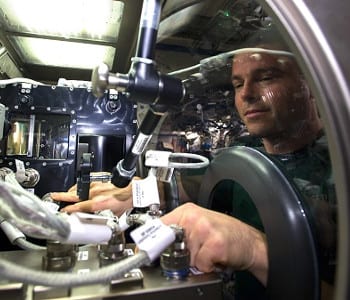
Bubble-free pumping of liquids in space
Fourth Capillary Channel Flow experiment on the ISS has successfully completed, revealing new possibilities for spaceflight technology and biomedicine.
Fluorescence microscopy research wins 2014 Nobel Prize in Chemistry
Eric Betzig, Howard Hughes Medical Institute, Stefan Hell, Max Planck Institute for Biophysical Chemistry, and William Moerner, Stanford University, share award for the development of super-resolved fluorescence microscopy.
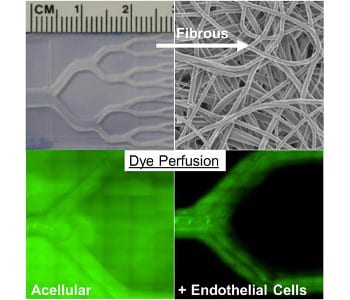
Microvascular electrospun scaffolds
A combination of 3D printing and electrospinning can be used for micropatterning fibrous scaffolds that are suturable, porous, and biodegradable.
Superhydrophobic nonwovens from naturally occurring polymers
a Japanese/German collaboration has succeeded in synthesising a biodegradable, hydrophobic polymer by modifying a naturally-occurring poly(amino acid) with a hydrophobic amino acid.










